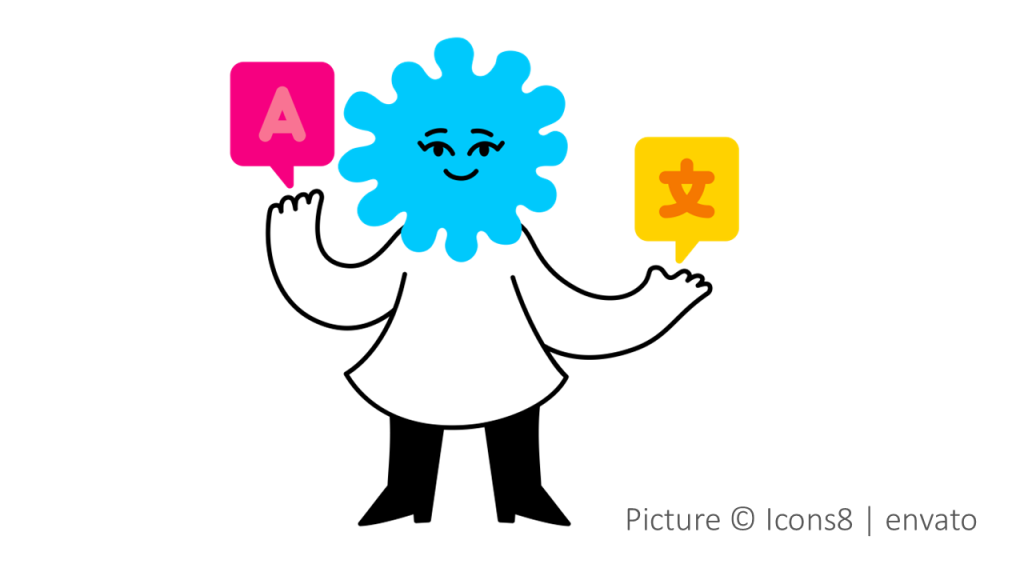Cultural Awareness Defined
What exactly does cultural awareness mean, what are its benefits, and can it be further developed? Understanding this cultural awareness concept is essential in today’s interconnected world, where professionals and organizations interact across cultural boundaries every day.
Cultural awareness according to Bennett
My preferred cultural awareness definition is both easy to understand and academically sound, while also highlighting its developmental potential:
“Cultural awareness is the ability to understand, appreciate, and be sensitive to the similarities and differences between one’s own culture and other cultures. It is not a fixed trait, because it is a learnable and trainable competence that develops through reflection, exposure, and experience.”
(Adapted from Spencer-Oatey & Franklin, 2009; Bennett, 1993, based on Bennett’s Developmental Model of Intercultural Sensitivity, 1993)
This definition captures the essence of what cultural awareness is, but it remains quite general. Therefore, I will take a closer look at its key components, which combine both skills and competencies and show what it truly means to be culturally aware in practice.
Core Components of Cultural Awareness
Cultural awareness involves three key components:
- Understanding: gaining knowledge of values, norms, and communication styles across cultures.
- Appreciation: acknowledging and respecting diversity without judgment.
- Sensitivity: adjusting one’s behavior and communication in intercultural interactions.
These components highlight the core functions that intercultural awareness can fulfill — understanding, appreciation, and sensitivity — which together justify the importance of sharpening this ability, especially for professionals who rely on strong cultural and intercultural communication skills in their work. This applies to consultants, international business professionals, salespeople, project managers, healthcare practitioners, and leaders alike.
By understanding this cultural awareness concept, individuals can communicate more effectively, collaborate more easily, and navigate cultural diversity with confidence.
The Benefits of Sharpening Cultural Awareness at Work and in Business
Sharpening cultural awareness significantly improves cross-cultural communication by helping individuals interpret social cues and communication styles within their proper cultural context, thereby reducing misunderstandings. It also builds stronger relationships based on mutual respect and understanding, both personally and professionally.
In organizational settings, cultural awareness defined in this way enhances teamwork by fostering an inclusive and harmonious work environment where diverse teams can collaborate and innovate more effectively. Moreover, it helps prevent unintentional offense by increasing mindfulness of cultural norms and expectations that may differ from one’s own.
How Cultural Awareness Can Be Developed
The good news is that cultural awareness can be developed, and this is one of the core topics covered in my Udemy course “Cross-Cultural Communication Today – Level Up with AI Power.” Because cultural awareness is not a fixed trait, it can be learned and trained through reflection, exposure, and experience.
According to Bennett’s Developmental Model of Intercultural Sensitivity (1993), individuals typically progress through the following stages:
- Denial: “I don’t see cultural differences.”
- Defense: “My culture is right.”
- Minimization: “We’re all the same.”
- Acceptance: “Cultures differ in complex ways.”
- Adaptation: “I can shift my behavior accordingly.”
- Integration: “I move flexibly between cultural perspectives.”
This model explicitly describes sharpening awareness as a gradual, experiential process, which also presupposes a degree of self-awareness.
Cultural awareness is therefore closely connected to both self-awareness and cross-cultural awareness. Together, they form the foundation for effective intercultural competence and the ability to truly be culturally aware in today’s interconnected professional world.
Related articles



